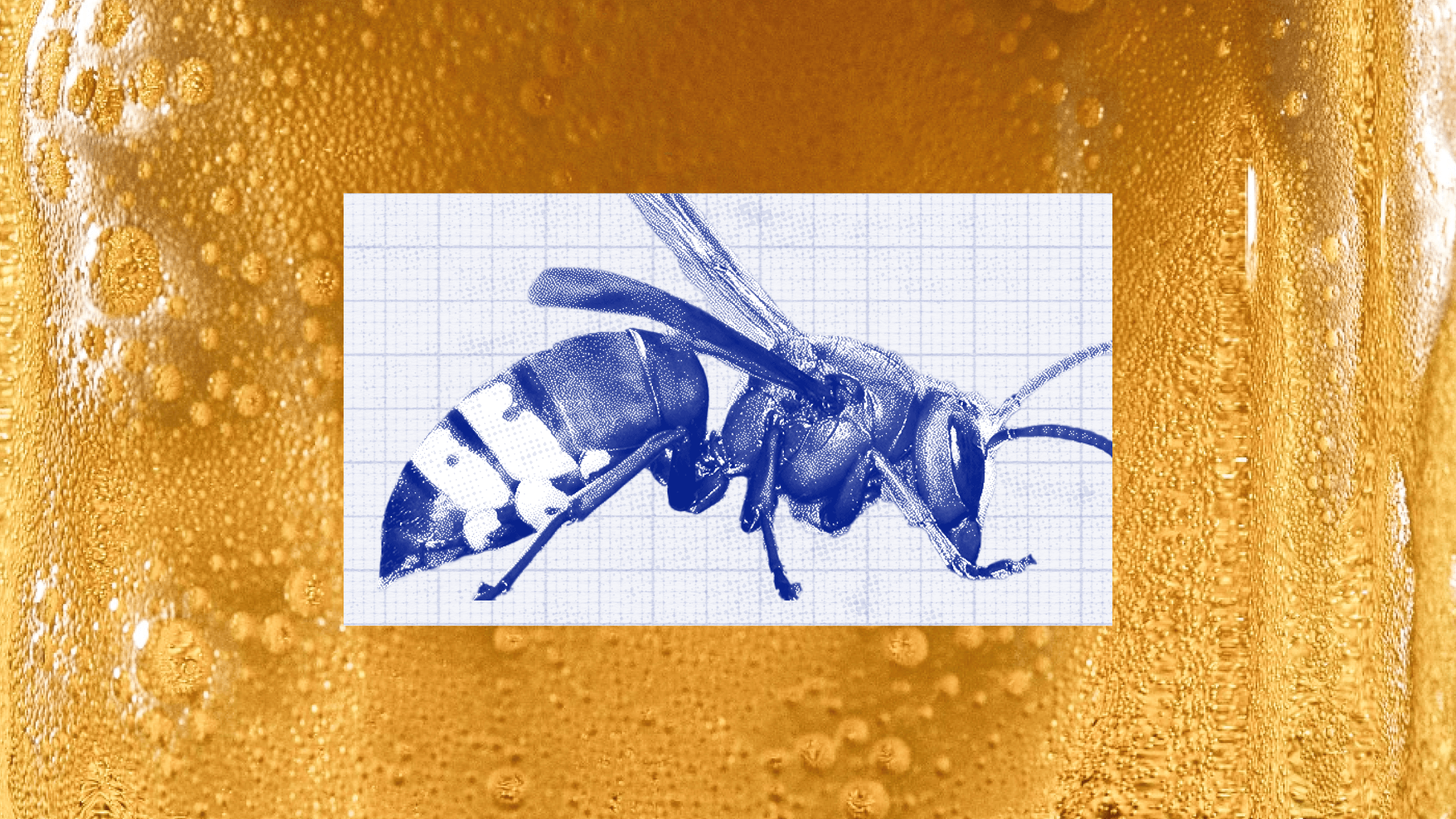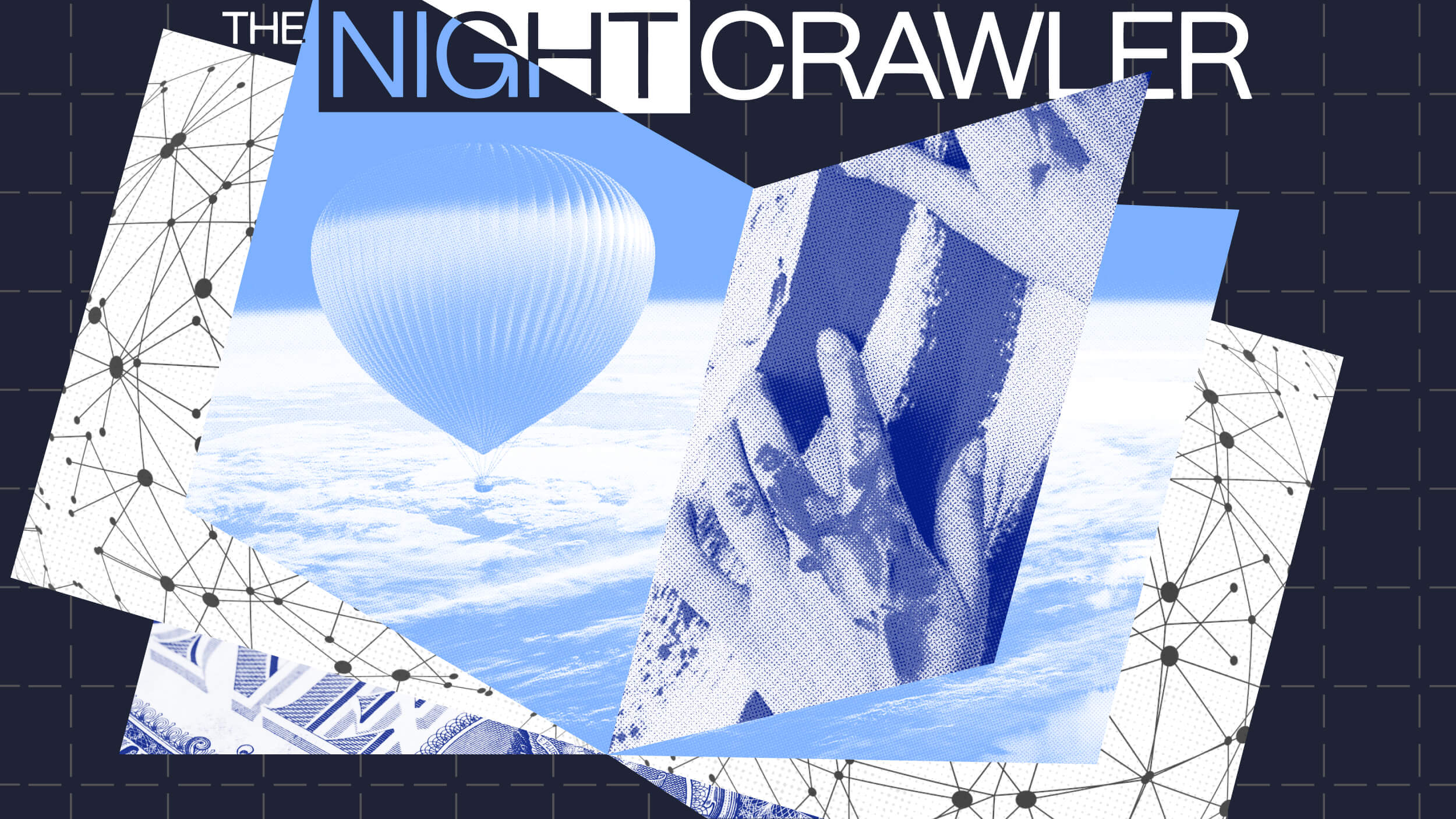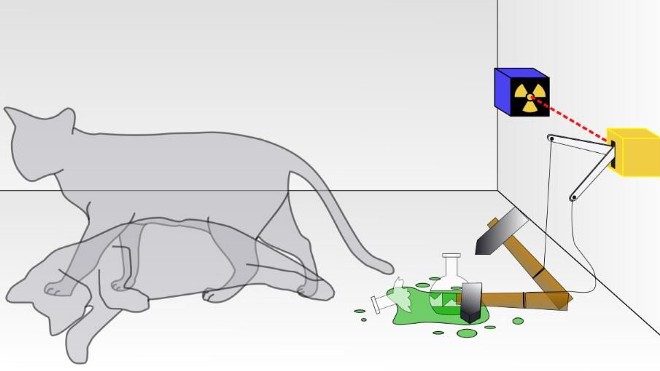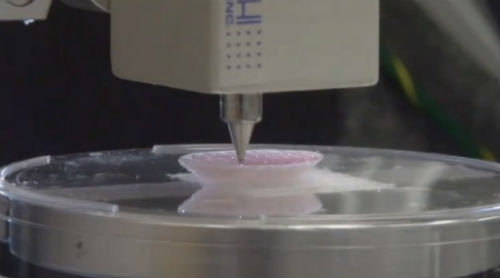Web 4.0: The Ultra-Intelligent Electronic Agent is Coming
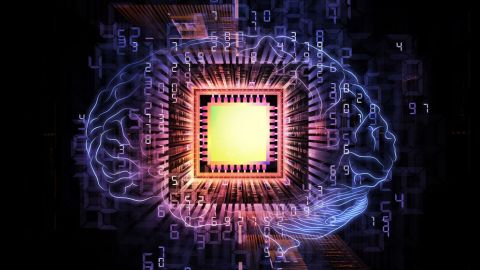
Without getting too far ahead of ourselves, it is useful to look back at the various iterations of the Internet to see how it has evolved and where we might reasonably expect to see it go in the coming years and decades.
So what about Web 4.0? Will that be coming along soon?
Watch the video here:
According to Burrus, Web 4.0 is about “the ultra-intelligent electronic agent.”
This agent will “recognize you when you get in front of it because all of your devices are getting a little camera. And with facial recognition, they’ll know it’s you.” Burrus says you will be able to give your agent a personality. It will say to you things like this:
“Good morning. You’re flying to Boston today. Take a raincoat, it’s raining. By the way, that fight you were taking, it’s already been canceled. Don’t worry about it. There was a mechanical. I’ve already booked you on a new one. I’ll tell you about on the way to the airport. But remember you’re going to exercise every day and I’m here to remind you that you’re going to exercise.” And you might say, “I don’t know if I want to exercise today,” and It’ll show you a nude profile of yourself. And you’ll say, “You know what, I think I’m going to exercise today.”
Another ultra-intelligent agent that Burrus says is coming to us fast is the screen-less smartphone. What would that look like? It hasn’t been designed yet. But let’s suppose it might look like jewelry and you can wear it. Whatever it looks like and whoever makes it, Burrus says one thing is for certain: it will be game-changing and it will be big.
Image courtesy of Shutterstock.
